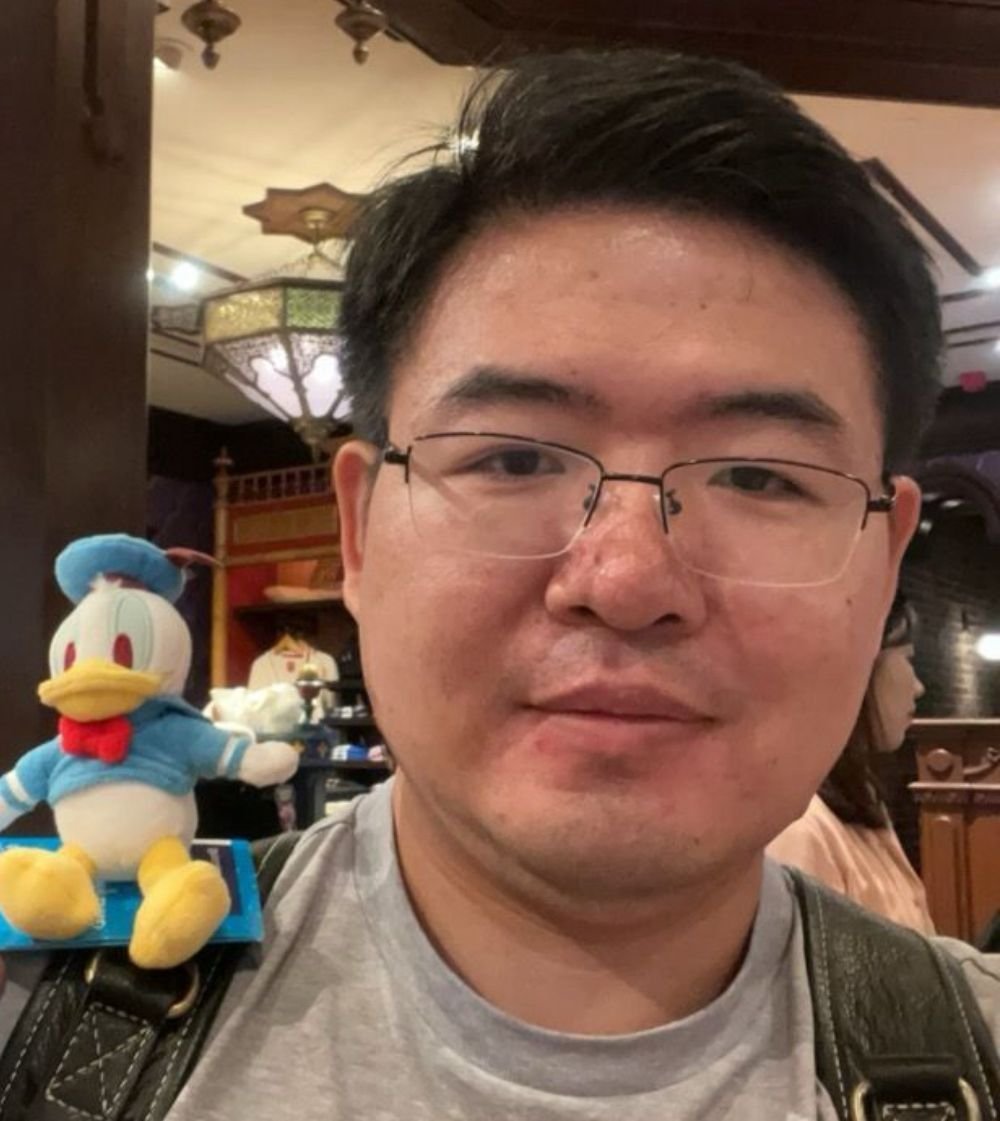RO Membrane Elements
RO Membranes
Puritech Membranes
Vontron Membranes
EMEM Membranes
Puritech has a widest range of RO Membranes with the above mentioned being the top selling one.
Contact us for more options
Reverse Osmosis membranes are typically capable of removing 90%–99% of contaminants such as total dissolved solids (TDSs) in the water supply. The membranes are usually manufactured as a flat sheet of thin composite membranes consisting of an active polyamide layer (high permeability but impermeable to dissolved salts and particulate matter) supported by a porous polysulphone layer wound round a central collection tube
Vontron Membranes
-
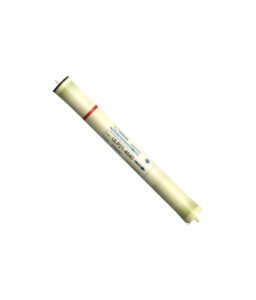
Add to cartDuplicated: Vontron Reverse Osmosis Membrane ULP11-4040 – [#12209]
0 out of 5R3,491.40
-
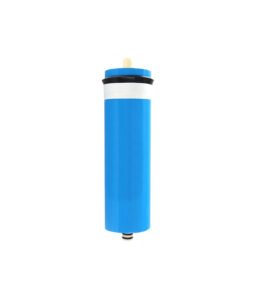
Add to cart3012 400 GPD Vontron RO Membrane
0 out of 5R1,269.60
-

Add to cartVontron Reverse Osmosis Membrane ULP31-4040
0 out of 5R2,874.99
-

Add to cartVontron SW4040HR
0 out of 5R5,554.50
Puritech Membranes
-

Add to cartRO Membrane TW – 8040 HF
0 out of 5R9,522.00
-

Add to cartRO Membrane TW – 4040 HF
0 out of 5R2,618.55
-

Add to cartRO Membrane TW – 2540 HF
0 out of 5R1,745.70
E-MEM Membranes
-
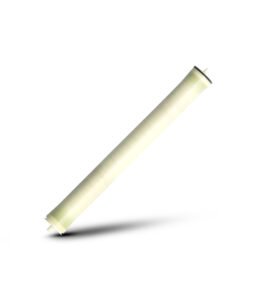
E-MEM 4040 Industrial RO Membrane
0 out of 5R2,856.60
Add to cart -

E-MEM 8040 Industrial RO Membrane
0 out of 5R11,109.00
Add to cart -
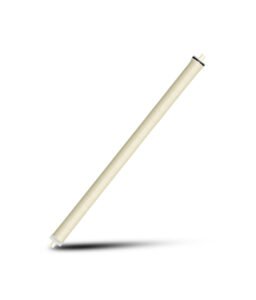
E-MEM 2540 Industrial RO Membrane
0 out of 5R1,983.75
Add to cart
How The Reverse Osmosis Membrane Works
Main Features:
- PURITECHTM anti-fouling & high rejection flat sheet (film);
- lower energy costs (low pressure models) and higher productivity;
- high stabilized rejection with realized nominal flux;
- minimize system CAPEX with PURITECHTM RO membrane excellent performance-price ratio;
- stringent in-house inspection & testing control.
Performance Specifications:
| Model No. | Min. Salt Rejection (%) | Stabilized Salt Rejection (%) | Permeate Flow Rate (gpd) | Test Pressure (PSI) | Test water NaCl (PPM) |
| TW-2540HF | 96.5 | 97 | 800 | 120 | 750 |
| TW-4040HF | 97.5 | 98 | 2400 | 150 | 750 |
| TW-8040HF | 97.5 | 98 | 10500 | 150 | 750 |
- Permeate flow rate and salt rejection is based on testing conditions: 25⁰C, pH 7.5, 25% recovery.
- Stabilized salt rejection is generally achieved within 24-48 hours of continuous use, depending upon feedwater characteristics and operating conditions.
- Active area guaranteed +/- 3%.
Membrane Dimensions:
| Model No. | A (inch/mm) | B (inch/mm) | C (inch/mm) |
| TW-2540HF | 2.5/63.5 | 40/1016 | 0.74/18.9 |
| TW-4040HF | 4.0/100.1 | 40/1016 | 0.75/19.1 |
| TW-8040HF | 8.0/203.2 | 40/1016 | 1.125/28.6 |
General Information:
To ensure proper startup of RO water treatment systems is essential to prepare the membranes for operating service and to prevent membrane damage due to overfeeding or hydraulic shock. Following the proper startup procedure (available with water treatment system guide book) also helps ensure that system operating parameters conform to design specifications so that system water quality and productivity goals can be achieved. Before initiating system startup procedures, membrane pretreatment, loading of the membrane elements, instrument calibration and other system checks should be completed.
Operation Guidelines:
It is CRITICAL to avoid any abrupt pressure or cross-flow variations on the RO membrane elements during start-up, shutdown, cleaning, or other sequences to prevent possible membrane damage. During startup, a gradual change from a standstill to an operating state is recommended as follows:
- Feed pressure should be increased gradually over a 30-90 second time frame.
- Cross-flow velocity at set operating point should be achieved gradually over 15-30 seconds.
- Permeate obtained from the first hour of operation should be discarded.
Important Information:
Keep RO membrane elements moist at all times after initial wetting. If operating limits and guidelines given in this specification are not strictly followed, the limited warranty with the supplier will be null and void. To prevent biological growth during prolonged system shutdowns, it is recommended that RO membrane elements be immersed in a storage solution. The customer is fully responsible for the effects of incompatible chemicals and lubricants on elements. The maximum pressure drop across an entire pressure vessel (housing) is 50 psi (3.4 bar). Avoid static permeate-side backpressure at all times.
Operating Limits:
| Model No. | Maximum Operating Temperature | Maximum Operating Pressure | Feed Water PH Range, continuous operation * | Maximum Feed Water Turbidity | Maximum Feed Water SDI | Chlorine tolerance |
| TW-2540HF | 45℃ | 600psig | 2-11 | 1NTU | 5 | <0.1ppm |
| TW-4040HF | 45℃ | 600psig | 2-11 | 1NTU | 5 | <0.1ppm |
| TW-8040HF | 45℃ | 600psig | 2-11 | 1NTU | 5 | <0.1ppm |
* for short term cleaning (30 min.): 1-13








